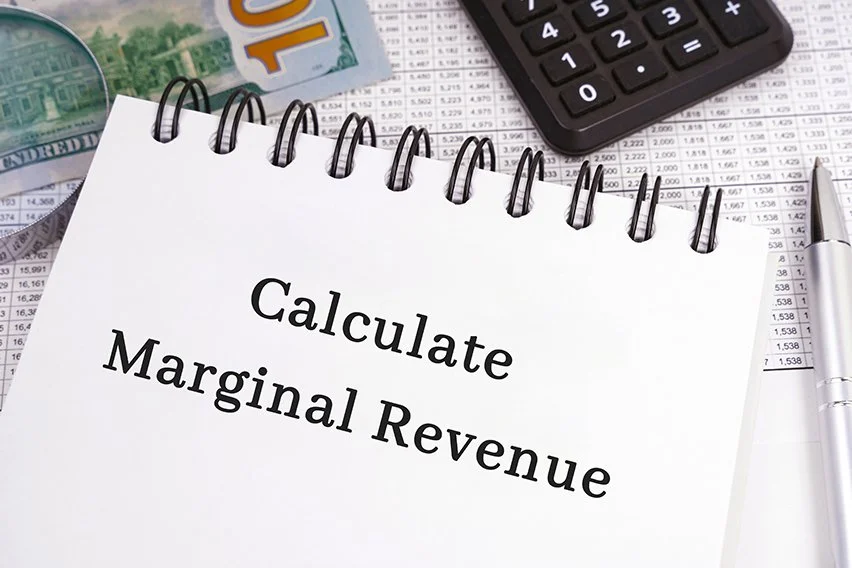
In the business world, it is crucial to understand how to calculate marginal revenue. A dead inventory can sink any business, so businesses try to shift their inventory by offering buy-one-get-one-free deals and other appealing discounts. However, you must calculate the marginal benefit before reducing prices and offering those deals.
Law of diminishing returns
If you’ve ever tried to calculate marginal revenue, you’ve probably run into the Law of Diminishing Returns. This law states that the value of an input will decrease with increased output. The law was first discovered in the agricultural industry, and was later adopted by economists in England. Ricardo first developed the concept while studying the relationship between corn and wheat prices.
When calculating marginal revenue, you need to consider several factors. First of all, the cost of production must be taken into consideration. The more expensive a product is, the lower the marginal revenue will be. Then, you must take into account the amount of profit you expect from the sale.
The Law of Diminishing Returns is a principle of economics that states that the amount of revenue earned from selling one unit falls as the output of a company increases. This means that the amount of revenue earned from selling a single unit of the product must increase to increase demand, or the marginal revenue will decline. This principle has important implications for business management, and you should take into account its application.
Law of elasticity of demand
The law of elasticity of demand is a basic economic principle that can be used to predict marginal revenue. As the price of a product or service decreases, so does its demand. As a result, the marginal revenue increases. In other words, the price elasticity of demand will be greater if the marginal revenue is positive. Conversely, if the marginal revenue is negative, the price elasticity of demand will be lower.
The marginal revenue is the increase in total revenue that a firm receives with every additional unit sold. However, marginal cost refers to the costs of producing an extra unit. When the revenue from marginal cost exceeds the cost, the company is considered profitable. Therefore, the marginal cost must be lower than the marginal revenue to maximize profit.
In the long run, the price of a product will equal the marginal revenue. However, in the short term, the marginal cost is smaller than the marginal revenue. This means that if the marginal revenue is greater than the price, the firm should raise its output. Conversely, if it is lower than the marginal cost, it should reduce its output. This is the optimal level of profits for a product or service.
Price elasticity of demand calculator
A price elasticity of demand calculator is a tool that calculates the change in aggregate revenue versus variable and fixed costs. This tool is helpful to calculate the margins between products or services. The price elasticity of demand can be calculated manually or automatically. A simple example of this is a store selling electronics. It has 200 monthly customers and sets the price for a television at $700. The store sells 250 TVs at this new price.
In microeconomics, price elasticity of demand is an important concept. When the demand curve changes, the price elasticity of demand changes as well. Using a price elasticity of demand calculator can help you determine how much to charge for each product or service. It is especially useful when determining prices, determining inventory needs, and forecasting future demand.
A price elasticity of demand calculator can calculate the margins of any type of product or service. It works by identifying the price range that would increase sales. It also helps determine the optimal price and quantity.
Formula for marginal revenue
In economic terms, the formula for marginal revenue (MR) is the measure of profitability for a firm based on its total sales. It can be used by companies to assess the profitability of different promotional programs and capital expenditure decisions. In other words, it tells them how much money they can expect to earn from an extra sale of a certain product.
Marginal revenue can vary for the same product or from one unit to another. Moreover, it can also vary at different production levels. By dividing the total revenue by the total number of units sold, you can calculate the average marginal revenue for a given product. This method is helpful to evaluate financial records of companies that sell a particular product or service.
The formula for marginal revenue is an important tool in microeconomics, as it tells companies how much more revenue they will earn if they sell one additional unit. Using this formula can help companies set their prices and attract customers with competitive prices. The formula for marginal revenue can also be used to determine the cost of producing a certain product.






